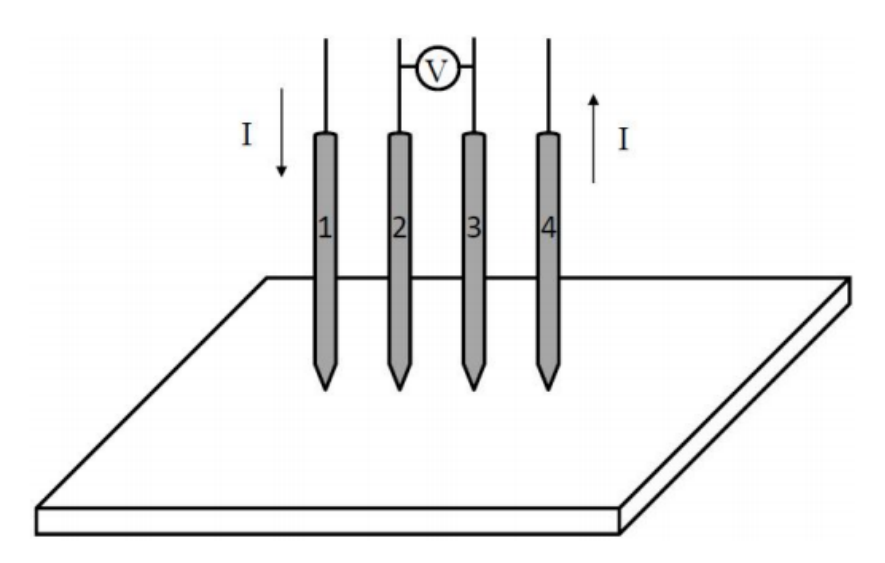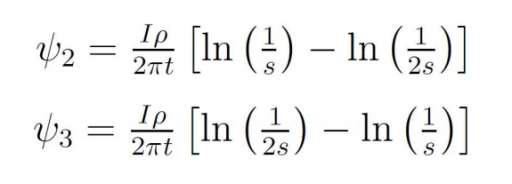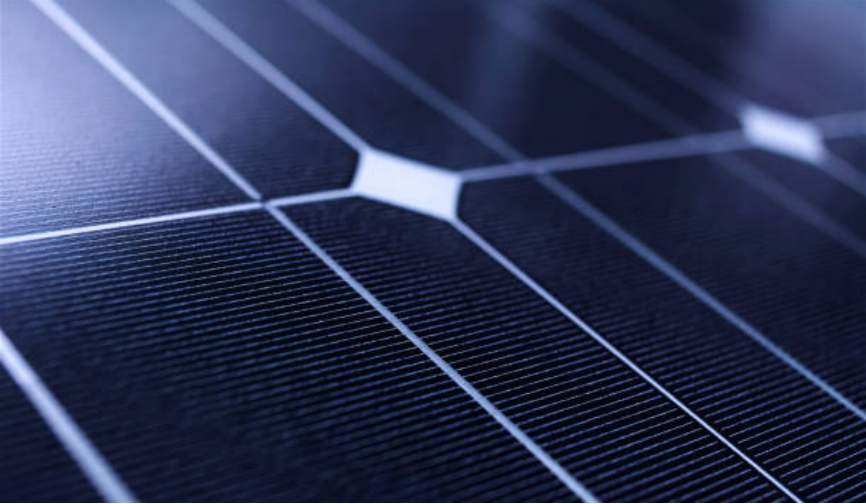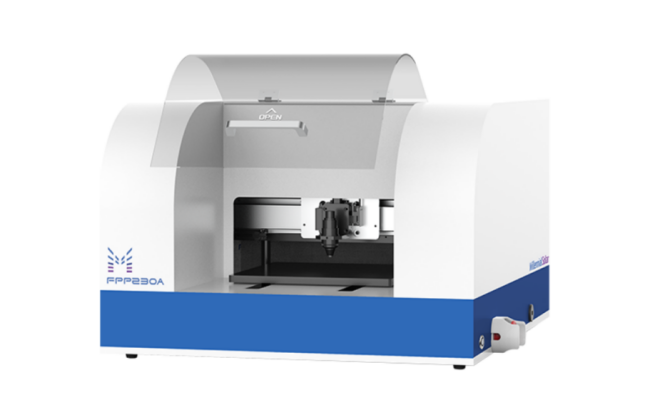
Quantum Efficiency Tester
PL/EL Integrated System
PV-Reflectumeter
3D Confocal Microscope
In-Line Four Point Probe Tester
Four Point Probe Tester
In-Line Thin Film Thickness Tester
Raman Spectrometer
FTIR Spectrometer
Spectrophotometer
Automatic Spectroscopic Ellipsometer
Contact Resistance Tester
Ultra depth of field 3D microscope
Auto Visual Tester
VMM PV Vision Measuring Machine
Solar Cell Horizontal Tensile Tester
Steady State Solar Simulator for Solar Cell
Solar Cell UV Aging Test Chamber
Solar Cell Comprehensive Tensile Tester
Visual Inspection Tester
Wet Leakage Current Tester
PV Module EL Tester
PV Module UV Preconditioning Chamber
Steady State Solar Simulator for PV Module
Current Continuous Monitor
Potential Induced Degradation Test
Bypass Diode Tester
LeTID Test System
Reverse Current Overload Tester
Impulse Voltage Tester
Hipot Insulation Tester
Ground Continuity Tester
Hipot Insulation Ground Tester
Damp Heat Test Chamber
Humidity Freeze Test
Thermal Cycle Test Chamber
Dynamic Mechanical Load Tester
Static Mechanical Load Tester
Hail Impact Tester
Robustness of Termination Tester
Module Breakage Tester
Cut Susceptibility Tester
Peel Shear Strength Tester
Universal Testing Machine (Single-arm)
Universal Testing Machine (Double-arm)
Glass Transmittance Tester
Acetic Acid Test Chamber
EVA Degree of Crosslinking Test System
Junction Box Comprehensive Tester
Drop ball tester
Semi-automatic scanning four-probe tester
Stylus Profilometer
Maximum Power Point Tracker
Perovskite Glass Transmittance Tester
Perovskite P1 Laser Scribing Multifunctional Testing Machine
Perovskite Online PL Tester
Perovskite Online Sheet Resistance Tester
Online Perovskite Film Thickness Tester
Perovskite Process Inspection Workstation
Portable IV Curve Tester
Portable EL Tester
Portable Thermal Imaging Tester
Solar Module Multi-Channel Testing System
PV Inverter Power Quality Tester
Drone EL Tester
IV Tester
IVEL Cell Sorting Machine
Four-probe Method for Measuring Sheet Resistance
Date : 2023-11-10Views : 255
Sheet resistance plays a very important role in solar cells, which affects the efficiency and performance of solar cells. The four-probe method can measure the sheet resistance of solar cells to accurately obtain resistance data of solar cells. Four-Point Probe Tester owned by Millennial Solar is committed to ensuring product quality in terms of measurement and inspection with its ultra-wide measurement range, ultra-high measurement accuracy, and multiple measurement solutions.
![]()
Principle of resistivity measurement using four-probe method
The four-probe method is widely used to characterize the sheet resistance, resistivity, conductivity and other parameters of low-resistivity materials such as metals and semiconductors. The four-probe method usually requires four probes to be arranged at equal intervals along a straight line, with the two outer probes transmitting current and the two inner probes measuring voltage.

Four-point probe diagram
The equipotential surface distribution of thin-layer materials is not hemispherical, but cylindrical. It can be understood that a thin layer with thickness t is cut off from the surface of a semi-unbounded sample. For linear four-probe measurement, if the spacing is equal, the spacing is recorded as S, and we get:

so,

During the actual measurement process, the value read between probes 2 and 3 is the resistivity of the sample being measured. The resistivity of thin layer materials can be expressed as:

![]()
Application of four-probe method in solar cells
The four-probe method is often used to measure the absolute value of the resistivity and sheet resistance of the cell. This is because the four-probe method eliminates the contact resistance between the probe and the sample. Parameters such as resistivity and sheet resistance can be used to characterize the conductivity and carrier mobility of solar cells. For example: For crystalline silicon solar cells, the four-probe method can be used to measure its resistivity, minority carrier lifetime, carrier mobility and other parameters to evaluate its quality and performance.

Most four-probe methods choose to apply a thin layer or appropriate thickness of the electrode material slurry on the insulating substrate instead of current collector materials such as aluminum foil. This coating on the insulating substrate is to avoid tributaries in the direction of the substrate, so as to accurately test the conductance of the electrode material. If the substrate is used as the current collector material, even if the branch current is avoided by adjusting the probe distance, the results obtained can still only describe the resistance of the coating. Because the direction of current transfer is parallel to the layer, the interface resistance of the substrate and coating is ignored, rather than the true situation of the electrode sheet. This is what we need to pay attention to when we use the four-probe method to measure.
![]()
Four-Point Probe Tester

E-mail: market@millennialsolar.cn
Four-Point Probe Tester is specially designed for scientific research. It can quickly and automatically scan samples up to 230mm to obtain sheet resistance/resistivity distribution information at different positions of the sample. The dynamic test repeatability (close to real scenes) can reach 0.2%, an industry-leading level. The ultra-wide measurement range of 1μΩ~100MΩ can cover most application scenarios and can be widely used in many fields such as photovoltaics, semiconductors, alloys, and ceramics.
The four-probe method is an important method for measuring sheet resistance. The four-probe measurement method can accurately measure the resistivity of solar cells, thereby characterizing the performance of solar cells. The Four-Point Probe Tester can obtain the distribution information of sheet resistance/resistivity by measuring different positions of the solar cell. In the future, Millennial Solar will use advanced and efficient detection solutions to help photovoltaic enterprise users develop efficiently and provide a better measurement experience!

































































